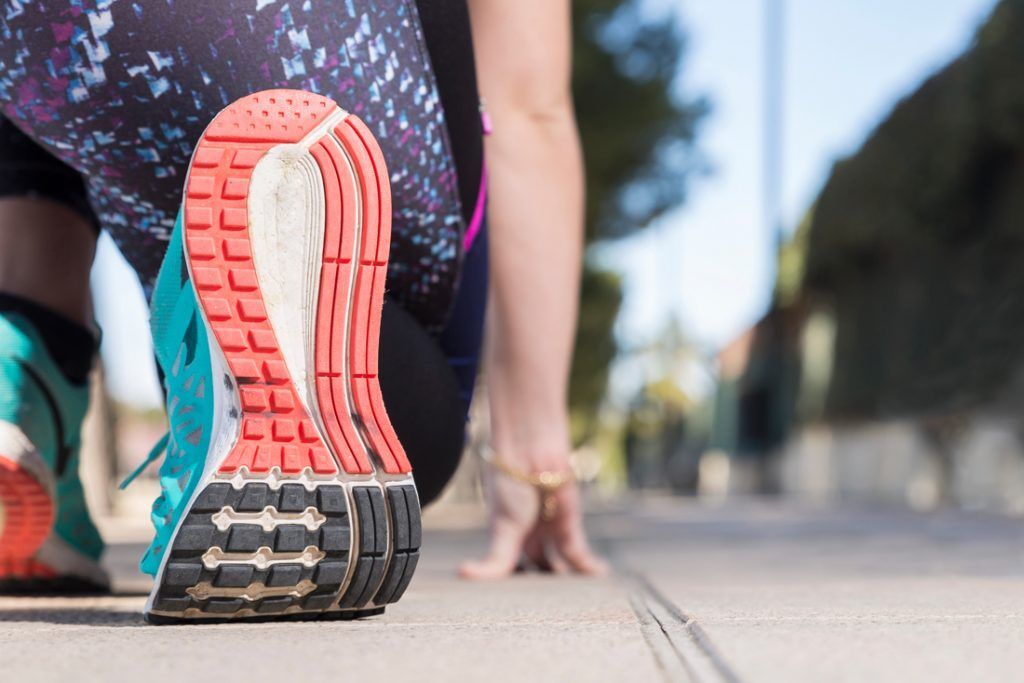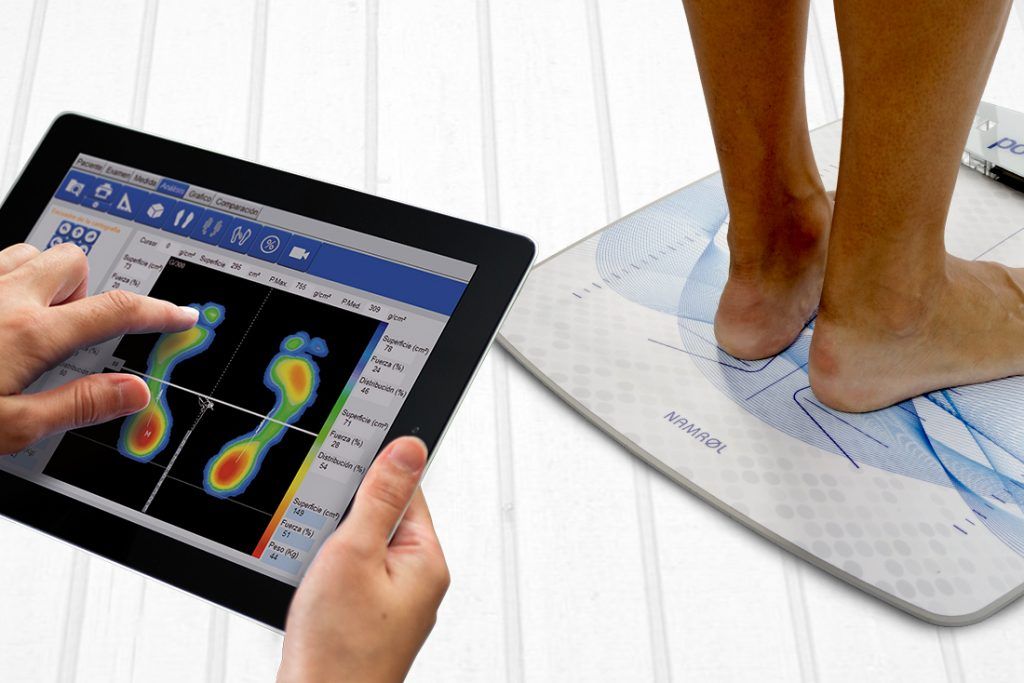Why go to the podiatrist to carry out the study?
Biomechanics or the biomechanical study of the footprint is a discipline that deals with the study of the body. As if it were simply a mechanical system: all parts of the body are compared to mechanical structures and studied as such. The main objective of biomechanics is to study the way in which the body exerts force and generates movement.
Nowadays, a lot of injuries occur especially from the type of footwear we choose. Choosing the right footwear is important for the prevention of accidents and injuries. Each person is different in terms of the type of footprint, they have special characteristics, so not everyone should use the same type of footwear.
Your foot in motion
In many cases, the feet in a static position can behave in a totally different way than when they are in motion when moving. It may be the case that feet with a neutral tread in a static position can become flat feet during movement. Or the cavus feet can change to normal feet or even flat feet.
For this, we often use computerized gait analysis systems as these systems allow us to more accurately determine the diagnosis of the pathology. The pressure analysis with the computer indicates through a color system where there is more pressure in the foot.
Thanks to technology, and through platforms with pressure sensors such as Podoprint, the podiatrist can analyze the plantar pressures of the foot. The points of maximum support, as well as the progression of the tread.
Through the study of the gait, we will be able to determine how we perform the support, entry, and exit of the foot. We will discover if we support more with the toe, with the heel, or with any of the sides of the foot, in addition to checking if our footprint is supinator (we finish the impulse of the foot by resting on the little finger), pronating (resting on the big toe) or neutral (we make central support).
After conducting the study, the podiatrist is able to detect pathologies such as postural decompensations, imbalances, abnormalities, or injuries to the feet, knees, and/or hips. It is not about knowing how we step, but about knowing how our body works in motion. The objective is to offer enough information to combat pathologies or prevent them.
